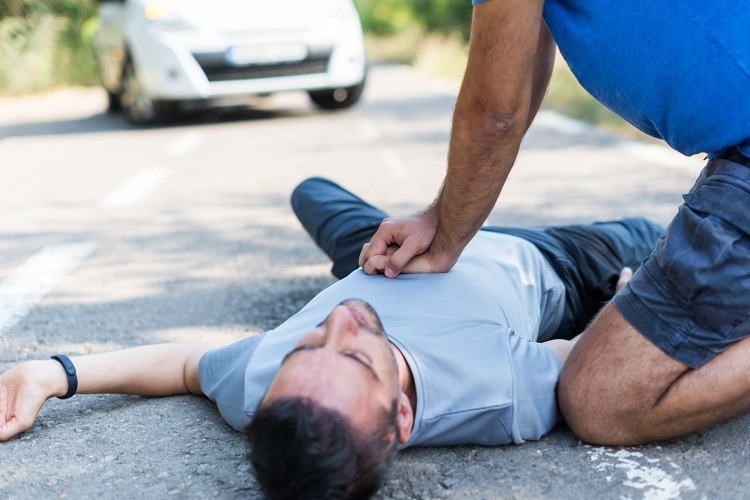Why Aeds Are Still Imperative In Public Spaces In Australia

Sudden cardiac arrest (SCA) is one of Australia’s biggest killers, with over 20,000 people affected by the condition each year. Unfortunately, only 10% of people survive SCA each year, with this figure furthering the need for education and available equipment for when the condition occurs in a public space.
Most SCA occurrences are caused by ventricular fibrillation (VF), which is the experience of a shockable heart rhythm. It can be returned to its normal rhythm, but for this to occur the sufferer has to receive a defibrillator shock from an automated external device (AED), which is capable of delivering the necessary shock when needed.
Here are nine vital reasons why they are still imperative in our public spaces in 2023:
Table of Contents
1. They are simple to use
It’s important to know that once you buy AED Australia and its civilian population can use the device with ease, as the device will provide simple steps on how to administer it to the sufferer.
2. They are very portable
These devices aren’t hard to carry, and can easily be removed from their holding place before being used to administer treatment to the SCA sufferer.
3. They only operate if they are truly necessary
The device doesn’t simply administer a lifesaving shock to those who don’t need it – it is a smart device which will analyse the heart’s rhythm to evaluate whether the shock is actually required.
4. They can bring the heart back to its normal rhythm
And, of course, this is the ultimate purpose of having these vital devices in public spaces. They use an electric shock to end the ventricular fibrillation’s wild rhythm, hopefully returning the heart to its regular pumping action (something that can be the difference between life and death).
5. They can be used on kids above eight
Whilst the device does come with specially designed paediatric pads that administer treatment to children below eight years old, you can use standard sized pads if there are none available in the particular public space, but they are not to be used on babies younger than one year old (only use the special paediatric pads and if there are no other treatment devices available!).
6. They can greatly increase survival chances
In the event of an SCA, the sufferer’s survival chances drop 10% with each minute that goes by – this technology provides a greater chance of survival.
7. They are an imperative piece of bystander equipment
Naturally, this technology can be the sole difference between life and death, and they are the most effective public treatment technology available – there is a vital need for them in public settings.
8. It can happen to anyone
Some 2,000 young Australians die from SCA every year, so it can really happen to any person at any time. Therefore, there is the need for this technology and in any major public space as they can be quickly operated and administer a potentially lifesaving shock where necessary.
9. Urgent care is essential in SCA cases
There is simply no time to lose in SCA cases. What’s more, you will never know when you have to be ahead of the curb when it comes to administering lifesaving treatment to a sufferer before they can receive professional medical care.
It’s for this reason, and the other eight listed above, that this technology will forever be imperative to helping SCA sufferers have a greater chance of survival in the unfortunate event of a public occurrence!
Leave a reply
You must be logged in to post a comment.




















